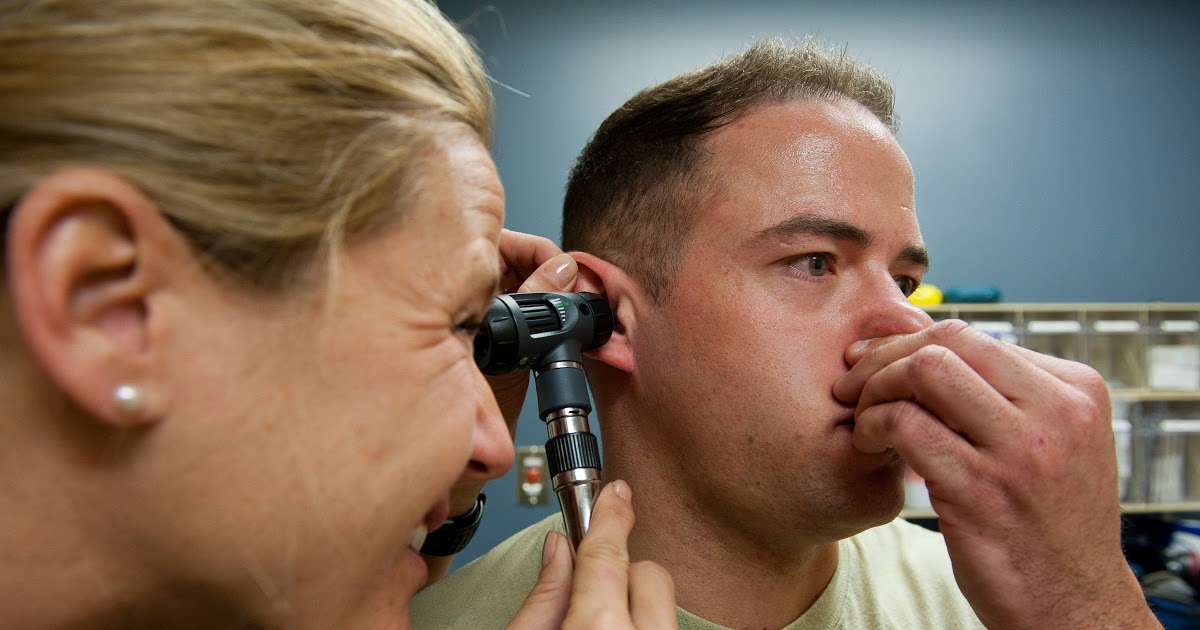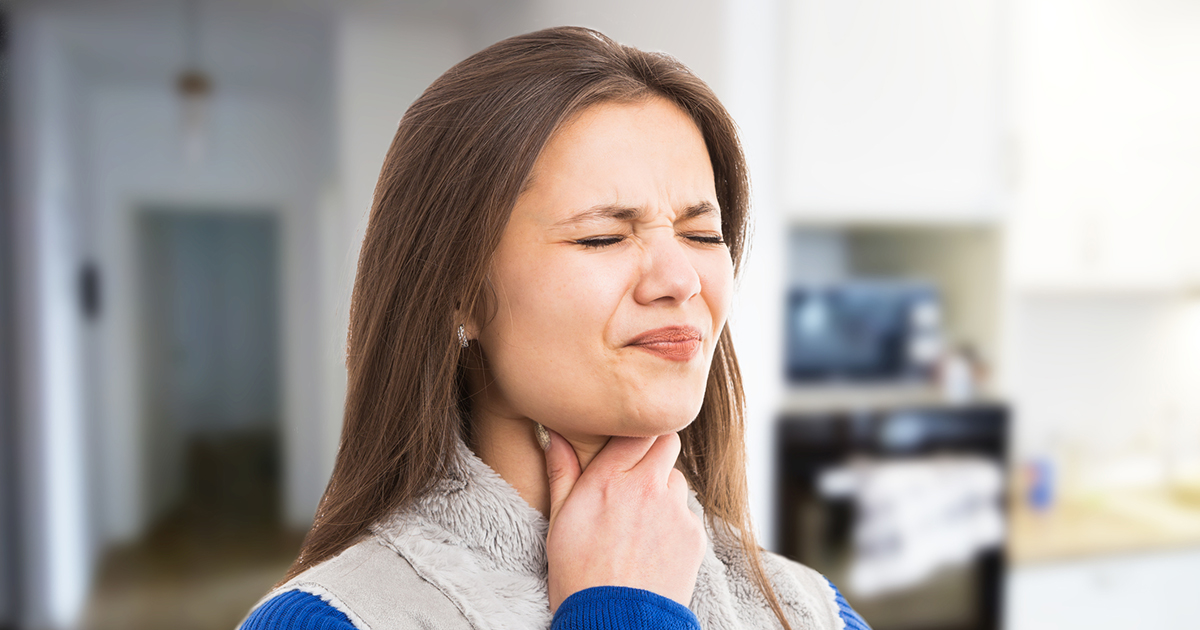How To Pop Ears Safely
Valsalva Maneuver

The Valsalva maneuver is one of the most popular methods of ear popping, and it provides nearly immediate relief for many patients. Like the Toynbee maneuver, it is a forceful action that may cause initial discomfort while it is being performed, and it may not be the best method of ear popping for children. To perform the Valsalva maneuver, patients should first pinch their nose closed.
Next, while holding the nose closed, patients should try to blow air through their nostrils as they would when blowing their nose when dealing with the common cold. This action creates pressure at the back of the nasal passages that can help open the Eustachian tubes. While blowing air through the nostrils with this maneuver, patients should do so slowly and gently to make the procedure more comfortable and less likely to result in pain. While attempting to breathe, patients shouldn't be too forceful, as this maneuver can damage the eardrums if they are not careful.
Swallowing

An individual who experiences discomfort or pain due to the air pressure between the middle and outer ears being unequal may be able to pop their ears by swallowing. The air pressure in the middle ear is regulated by a canal that connects the nasopharynx to the middle ear (the eustachian tube). This tube clears out mucus and moves it from the middle ear to the nasopharynx through the mechanism of proper aeration. This mechanism helps prevent an infection from spreading to an individual's middle ear tissues. A healthy individual's eustachian tube remains closed for the majority of the time and opens when they chew, swallow, or yawn.
The opening of the eustachian tubes allows for the flow of air from the nasopharynx to the middle ear, which allows the air pressure to equalize on both sides of the eardrum. An individual benefits from the eustachian tubes being closed most of the time because it helps to avoid loud sounds and unwanted changes in pressure. Because the muscles used when an individual swallows induce the opening of the eustachian tubes, repeatedly swallowing may help pop the ears.
